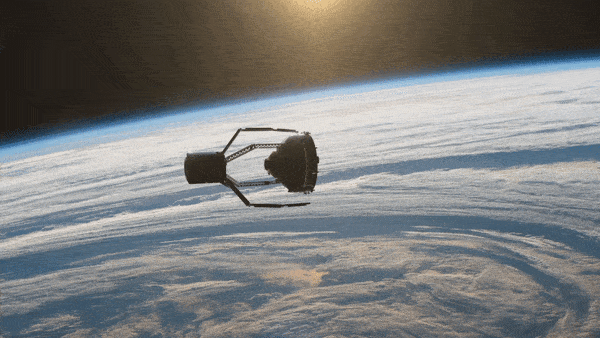New study maps Himalayan glacier behaviour
Glaciers are one of the largest reservoirs of freshwater on our planet, and their melting or growing is one of the best indicators of climate change. However, knowledge of glacier change has been hampered by lack of data, especially for understanding regional behaviour.
Measurements from satellites have recently provided the first overview mapping of thickness changes of Himalayan glaciers.
In a study published in Nature today, scientists assembled new datasets from Earth-observing satellites and found that glaciers in the Hindu Kush–Karakoram–Himalaya region (HKKH) lost 12 gigatonnes per year over the period 2003–08, much faster than previously reported.
The HKKH is a 2000 km-long group of mountain ranges in Asia containing about 60 000 sq km of glaciers, glacierets and perennial surface ice in varying climatic conditions. These ice masses exhibit a complex response to climate and this makes the analysis of changes in the region difficult.
Data from satellites provide a means to make these regional assessments and obtain the first spatially-resolved mass budget over the entire HKKH.
The article, ‘Contrasting patterns of early 21st-century glacier mass change in the Himalayas’ outlined a study, supported by ESA through its Globglacier and Glacier_cci projects, where laser altimeter data from NASA’s ICESat mission were combined with a digital elevation model from the Shuttle Radar Topography Mission and optical data from the Landsat mission to map glacial thickness changes in HKKH for 2003–09.

The laser altimeter data were extracted for different types of glacier surfaces derived from the Landsat data and compared with the digital elevation model to obtain elevation differences over time.
On average, HKKH glaciers thinned by 0.26 m per year but there were significant subregional variations related to different climate and glaciology patterns.
In the Jammu–Kashmir subregion, thinning rates reached around 0.66 m per year, while further north and west, in the Karakoram region, they were nearly ten times slower. These findings were unaffected by glacier type (such as debris covered or clean ice).
The melting contributes to about 1% of the global sea level rise – a small contribution and only 3–4% of the total contribution from global glaciers and ice caps.
However, glacial runoff, or lack thereof, has a direct effect on the nearby Indus and Ganges River basins and is very important for lower-lying regions where there is a very large human population. The changes in mass of the glaciers contributed between 2% and 3.5% of the total discharge into these rivers, while in the Upper Indus basin the contribution was almost 10% of the annual river discharge.
The team is continuing to monitor glaciers through the Glaciers_cci project by combining 30 years of archived data with new information from present and future satellite missions, such as the Sentinel family of satellites being developed for Europe’s Global Monitoring for Environment and Security (GMES) programme.















 Germany
Germany
 Austria
Austria
 Belgium
Belgium
 Denmark
Denmark
 Spain
Spain
 Estonia
Estonia
 Finland
Finland
 France
France
 Greece
Greece
 Hungary
Hungary
 Ireland
Ireland
 Italy
Italy
 Luxembourg
Luxembourg
 Norway
Norway
 The Netherlands
The Netherlands
 Poland
Poland
 Portugal
Portugal
 Czechia
Czechia
 Romania
Romania
 United Kingdom
United Kingdom
 Sweden
Sweden
 Switzerland
Switzerland



























